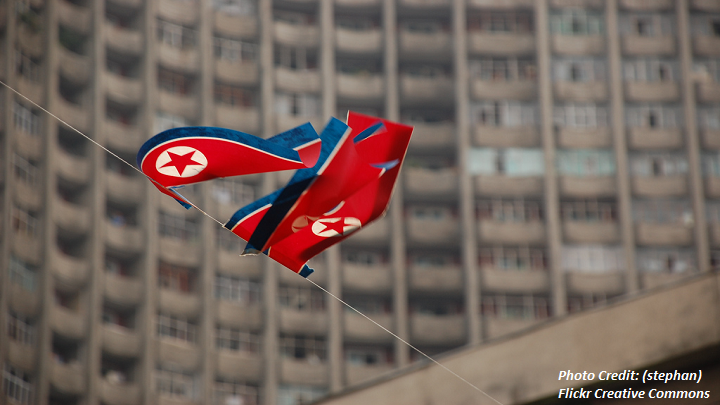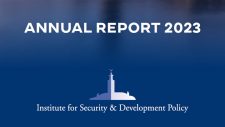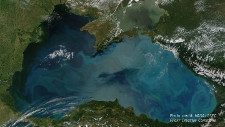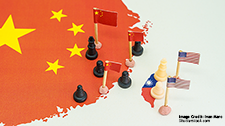The key word when talking about the current North Korean strategy is balance. Domestically, Kim Jong Un announced the completion of DPRK’s nuclear ambitions in his most recent New Year’s speech, which was followed by an announcement in April of the end of the byungjin policy that had simultaneously emphasized economic and military policy. The byungjin policy did, in fact, overemphasize the regime’s military aspects (in particular its nuclear development), and the regime’s new approach represents an attempt to create a better balance between economic (political) and military forces (and control by the Party). This has been accompanied by the removal of key military individuals from positions of power, and by broader economic reform in the DPRK. None of this is to say that the North Korean military has been severely crippled; the institution still receives close to a quarter of national GDP. But there has been a growing focus on the civilian economy and the country’s political – rather than its military – elite.
The new changes by no means indicate that North Korea is on the cusp of a “Deng Xiaoping” moment entailing a significant opening of the national economy. Rather, they are a sign of the regime elite’s need for investments and economic opportunities to sustain its rule. Today, there is a marked clash between the willingness of the regime to open up in order to receive access to international investments, and the fear of what any such opening might mean for the ruling elite. Nevertheless, there is a need to gain access to international capital if Kim Jong Un’s strategy of reversing the byungjin policy is to be realized. This provides the economic context be – hind Pyongyang’s move toward rapprochement with the West.
Normalization and Uniqueness
The overall long-term strategy of the North Korean leadership is, quite simply, one of regime survival. Economic development and international (as well as domestic) prestige are of course strategic aims, but they remain secondary ones. This strategy has, since at least the 1970s, driven the North to increase its military strength in order to coerce negotiations, and concessions, from the United States. From a North Korean perspective, then, it is the threat posed by the regime’s nuclear and ICBM capabilities that has brought the U.S. to the negotiating table.
Correspondingly, economic factors are less critical for North Korea at this point in time – presumably because a peace treaty would surely bring with it increased economic relations, trade, and aid. Rather, the North is looking for an arrangement which provides those benefits while forcing it to give only minimal concessions on the nuclear issue.
Can North Korea attain this goal? Denuclearization has been touted as the formal requirement that would lead to a normalization of relations with the international community and a suspension of sanctions on the DPRK. That said, one could argue this definition has shifted, since the DPRK has already gained substantial concessions on this issue, including garnering garnered acceptance of a phased sequencing of denuclearization without a specific timeframe. Most notably, following the Singapore Summit the terms “verifiable” and “irreversible” were omitted from the official discussion summary in reference to denuclearization.
The results are clear. The nuclear power of the DPRK can indeed be negotiated, but this negotiation is likely to come at a very high cost to the international community, in particular South Korea and the U.S. None of this means, however, that a deal is not possible. President Trump seems to have moved toward a more transactional negotiating process, in which the DPRK could achieve at least some of its goals, and do so preemptively.
More broadly, Kim Jong Un can already be said to be a winner in the so-called denuclearization or normalization process. The DPRK’s objectives have been fulfilled to some extent, maybe even to a greater degree than Pyongyang expected, with increased security, international and domestic prestige and initial economic benefits a result. North Korea’s state media has, of course, utilized these gains for propagandist purposes, to bolster Kim’s standing at home.
The full extent of the North’s flexibility, however, remains to be seen. It may indeed be possible for a complete, verifiable and irreversible denuclearization of North Korea under Kim Jong Un’s new national strategy. But it is likely that any steps in this direction will entail high (and likely growing) demands from Pyongyang before substantive progress is made. The concern here is that if there is an easing of pressure from the international community (either militarily or economically), it would decrease the incentive for Pyongyang to continue with denuclearization. The internal strategy of the DPRK is to initiate such a process and create a more positive environment – one in which the U.S. will have difficulties backtracking without international criticism, and one that will make a U.S. military option virtually impossible.





